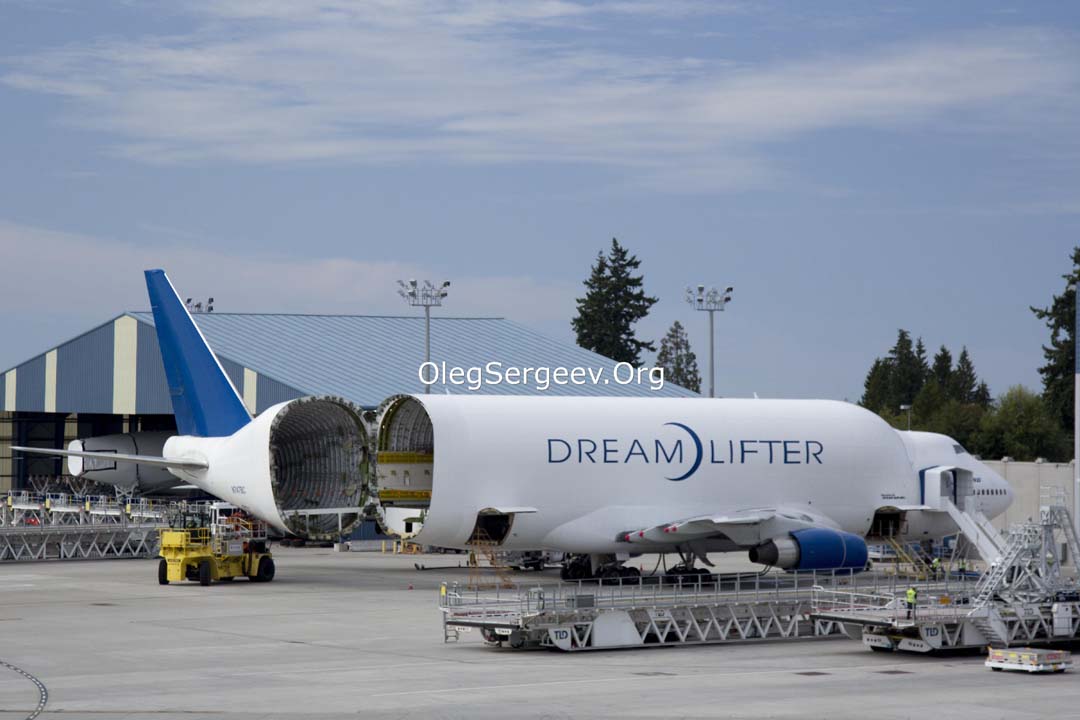Oleg Sergeev: By 2040, about $121 billion will be spent on the purchase of 1050 new cargo aircraft
Over the next 20 years, about $121 billion will be spent on the purchase of approximately 1,050 new cargo aircraft around the world.
As air cargo remains a priority throughout the pandemic, it can be assumed that cargo capacity and the supply of cargo aircraft will continue to grow. It is difficult to say exactly what growth will be and how the positions will be distributed. To understand the long-term prospects for the air cargo sector, let's turn to analytical sources for professionals and their forecasts.
According to Cirium, part of the global analytics provider RELX, over the next twenty years, annual cargo capacity will grow by 3.3% compared to 2019, and projected deliveries of cargo aircraft will be about 3.5 thousand. It is predicted that 30% of the total number will be new aircraft, the remaining 70% will fall on converted passenger aircraft. It is also estimated that about $121 billion will be spent on the delivery of about 1,050 new aircraft. Cirium notes that the conversion programs are focused on new generation aircraft types such as the A321, B737-800, A330 and B777-300ER.

Based on the foregoing, and being an aviation expert with more than twenty years of experience, I can assume that air cargo carriers like ZetAvia will not need a global fleet replacement in the medium term. This Ukrainian airline operates charter flights on IL-76 aircraft, which have been proving their reliability and high payback for years. Once again, I emphasize that the conversion of passenger liners into cargo ones is dictated by the unprecedented growth of e-commerce during the pandemic, which was facilitated by an increase in the number of online deliveries during quarantine around the world.
In terms of passenger air travel, Cirium's projected annual growth in passenger traffic is estimated at 3.7%, and spending over the next twenty years on about 45,000 new aircraft worldwide at $2.9 trillion. It is assumed that the number of delivered aircraft will vary depending on the region. Asian markets are expected to be the engine of growth. It is predicted that China will become the leader in terms of passenger traffic (6%) and aircraft deliveries (20% of the total), where both of these indicators will grow much faster than in other countries. If this optimistic forecast comes true, then by the end of 2040, according to Cirium's calculations, the global passenger fleet could increase by 47,200 aircraft.
After analyzing and comparing the results of two years since the beginning of the pandemic, this year Cirium predicts aircraft deliveries growth by 4% by 2040 higher than estimated a year earlier. With the global economy gradually recovering, Cirium predicts the aviation industry will return to more traditional growth paths after 2024.